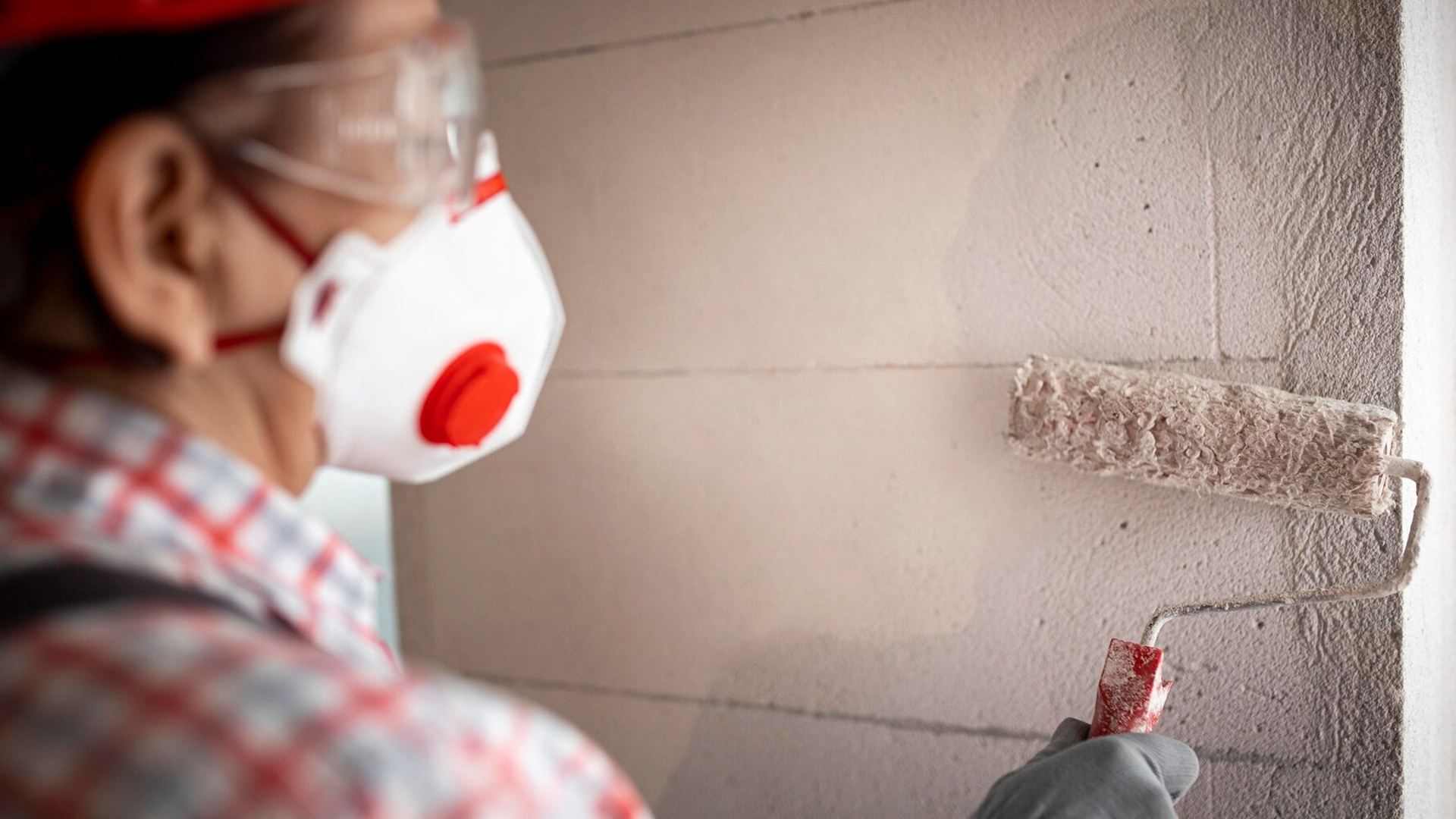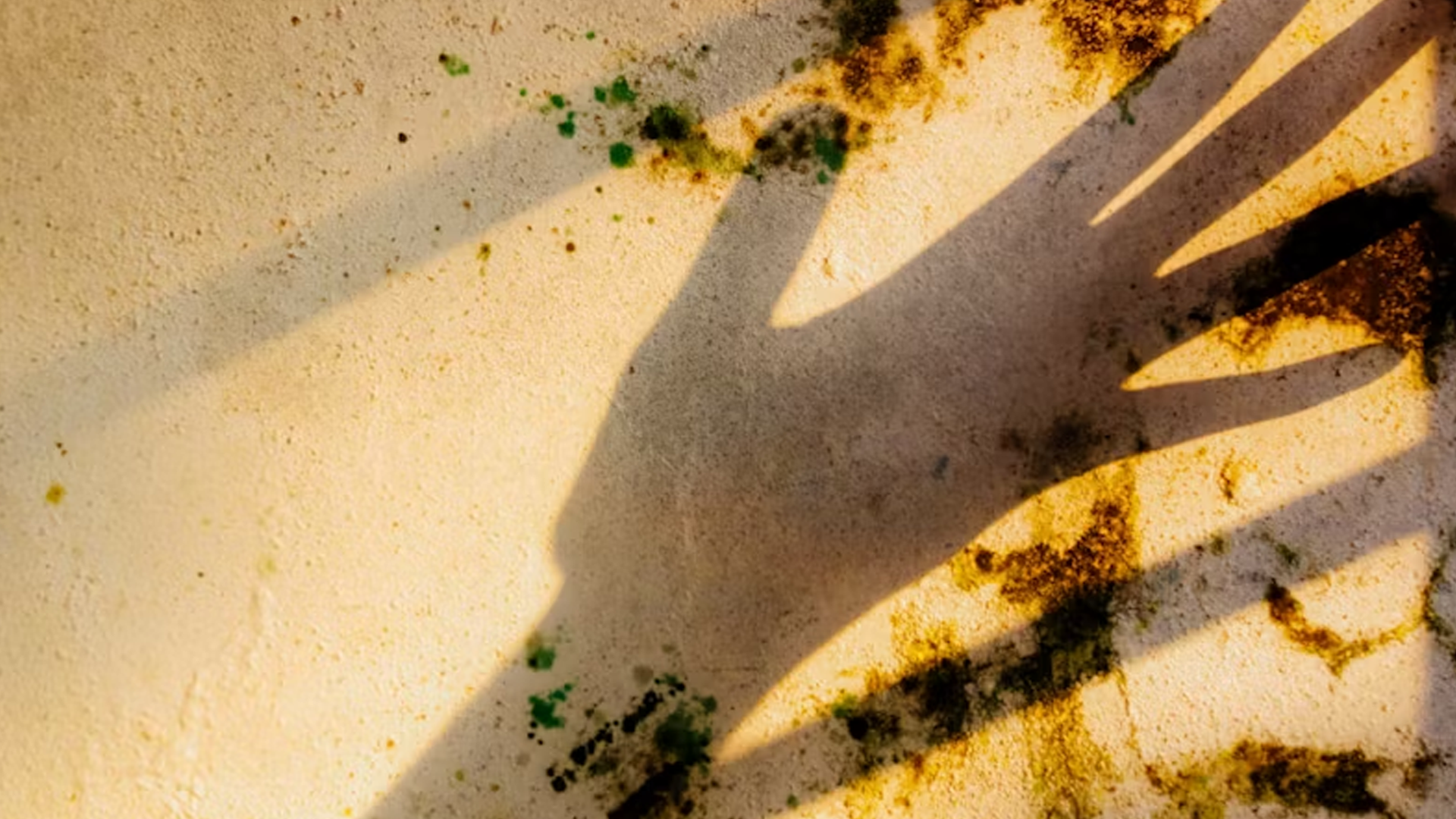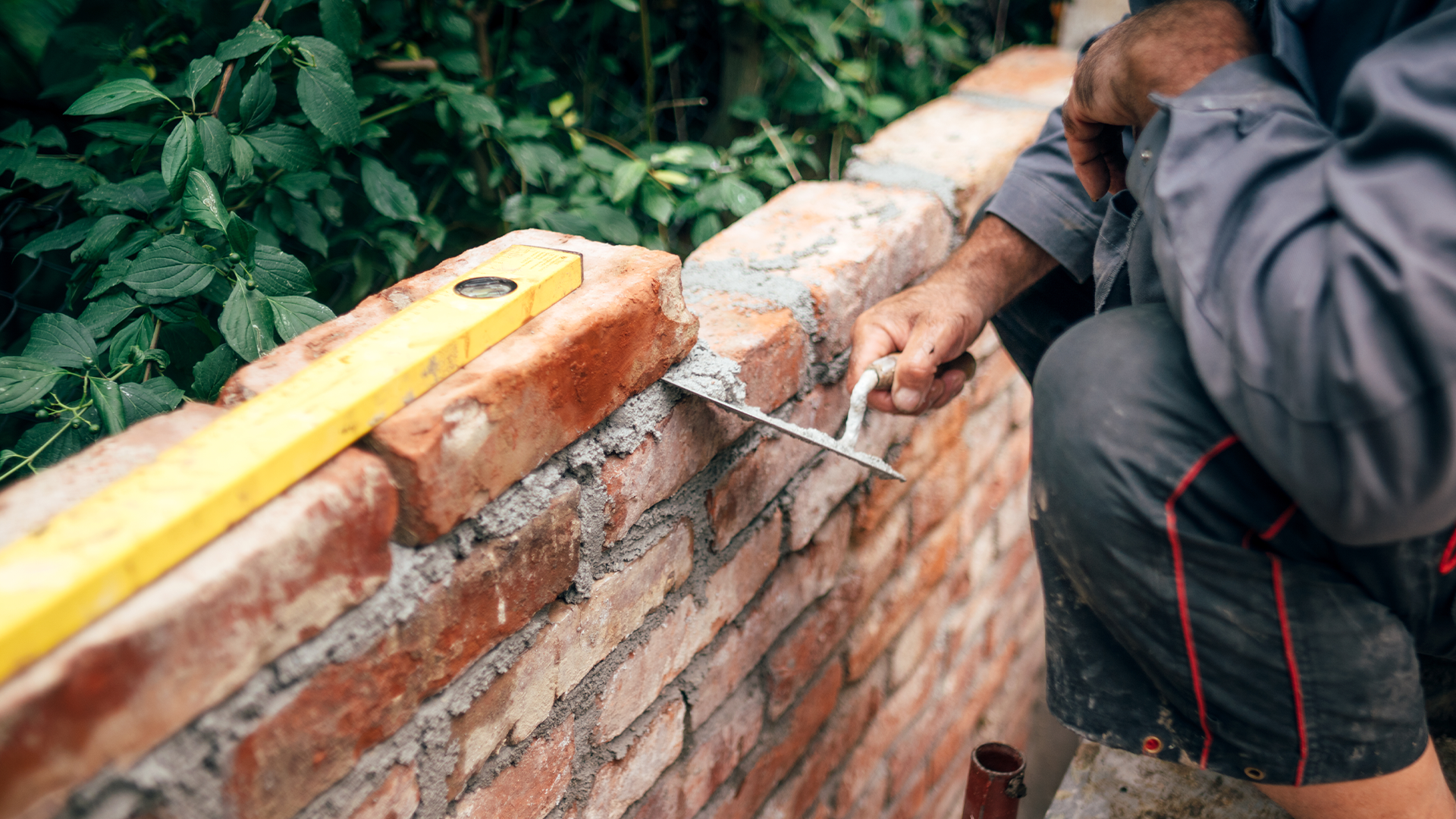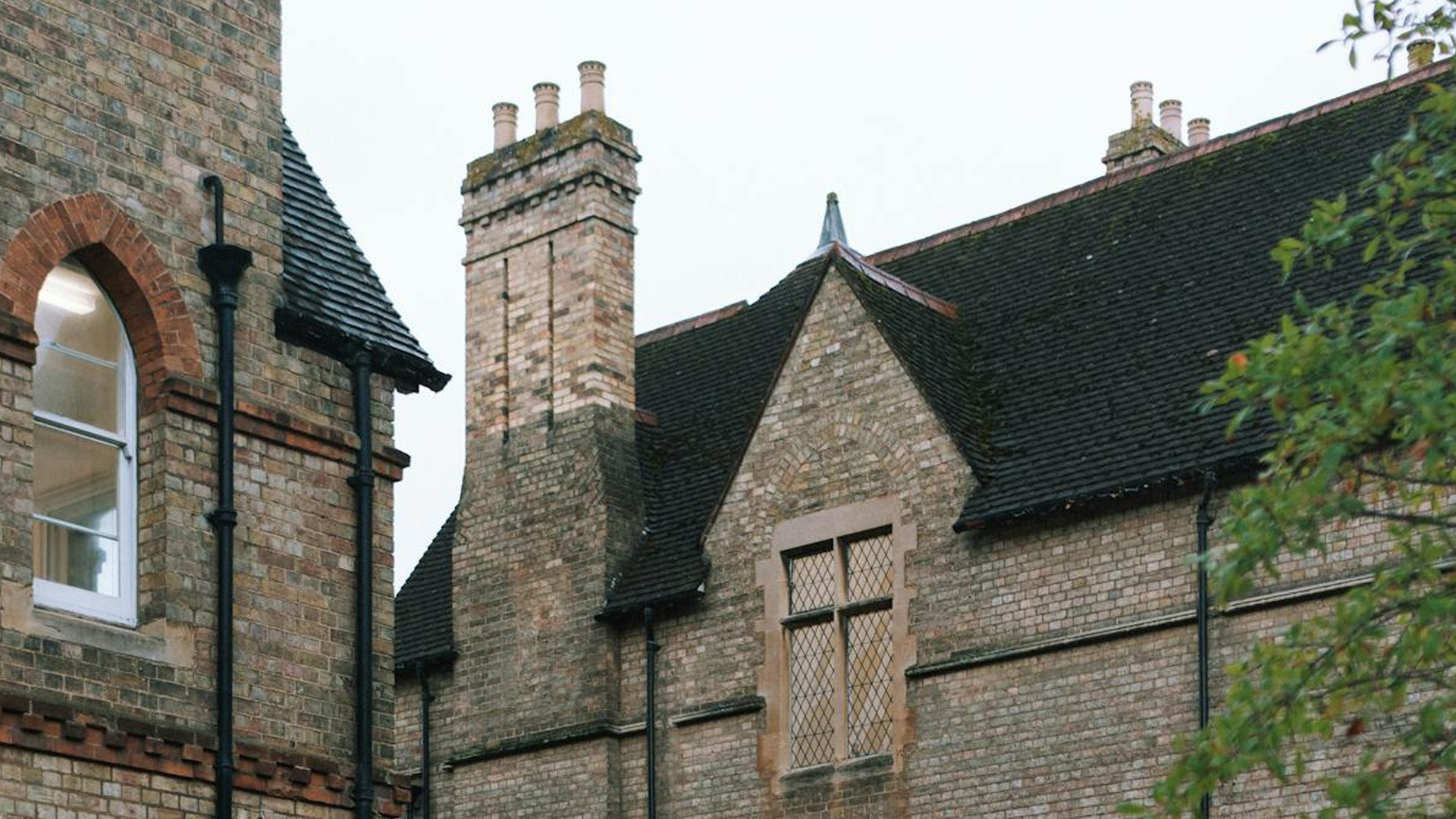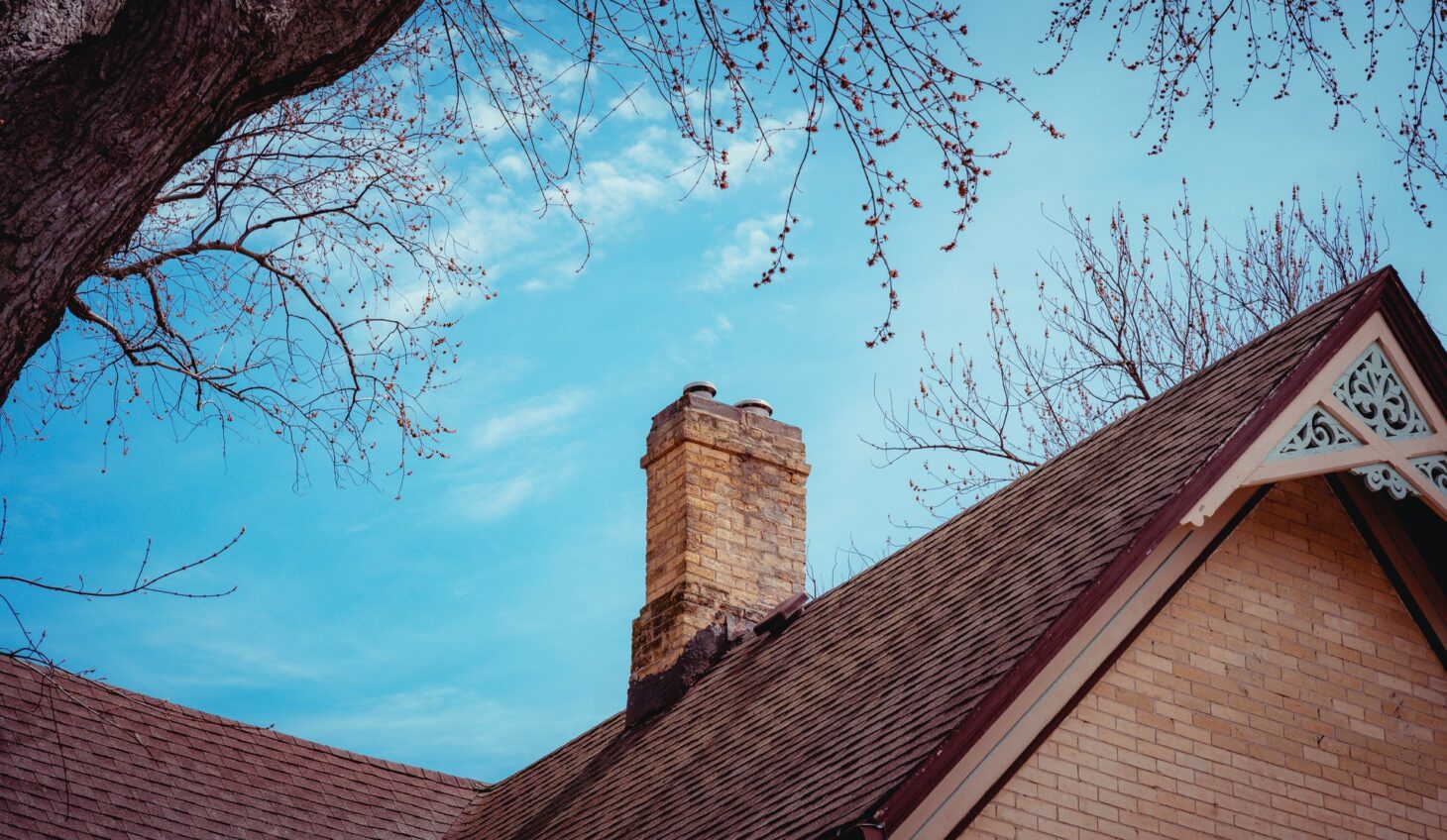
Before understanding, if you should put a coat of paint on the exterior chimney, let’s briefly glance at why you should even consider painting it. Well, it’s definitely because of its immense advantages. A chimney is essential for any big family, especially with many members. Chimney is of utmost importance, where cooking means more than just toasting bread. It has its own hygienic and safety functions.
Kitchen chimneys have gained popularity and are available in various shapes and sizes. However, there are some places where an exterior vent is still being used. These are either brick chimneys or galvanised chimneys. The external chimney works just like the engine of the stove. It monitors the combustion so that if the chimney does not have sufficient draft, the stove will not burn efficiently. Instead, it will allow more smoke to enter your rooms, along with problems in the ignition.
Which paint method is better?
With rain and changes in weather, these exterior chimneys lose their beauty. Many people prefer to paint over them to give it a new look. The smooth surface of the duct will quickly soak the paint, and a paint sprayer will be good enough to apply a coat of paint over it. A paint sprayer will be more efficient than a brush or roller due to the cracks and crevices on the chimney. Moreover, you can save more than 70% of your effort and time using a sprayer.
Additionally, galvanisation is a coat on steel chimneys. To refresh this, you will have to remove the coating properly without scraping or scratching. It will start to rust in that area otherwise.
Tools you’ll need to paint a chimney
- Mortar
- Power washer
- Drop cloths
- 100 grit sandpaper, if needed
- Drywall knife, if needed
- Primer
- Paint
How to paint a brick chimney
- Proper cleaning: Use a brush with a dishwasher liquid to scrub and clean the exterior part of the chimney, or an even better way of cleaning it is to use a pressure washer. This will thoroughly clean the chimney from dirt and loose mortar. However, make sure to keep the washer’s pressure in low mode. For example, if you have a glossy chimney with glass chips, use 100-grit sandpaper over the surface before painting.If you have a galvanised chimney, you can use 220-grit sandpaper or a wire bristle brush to remove the chalky residue on top. You can use a soapy solution to wash the chimney properly. Old rags can clean the portion with hot water. You will have to use white vinegar to clean the galvanised chimney. This will help the primer to get a smooth surface to stick. Now, let it dry.
- Repair any damages: If you see any part of the chimney where mortar is gone, and there is a gap now, it is essential to fill it up. If the surface is not smooth, the paint will not coat properly. You can apply fresh mortar with drywall. Make sure it dries off completely before you use colour.
- Use drop clothes: This step ensures that no paint spoils your shingles.
- Select the colour carefully: Go for a latex-based paint or simply use primer on your chimney if you do not use it very often. However, if you use your chimney regularly, go for a colour that will endure high temperatures. Often, we use galvanised chimneys for high-temperature work. Here, one important thing to note is that the shades will be very restricted with high-temperature paint application.
- Primer: First, use a primer, latex-based for limited chimney utilisation or high-temperature primer if you regularly use the chimney. Next, allow it to dry completely.
- Paint: Now, you can paint the chimney with whatever choices you have. Use a spray for effective results and let it dry. A lighter colour will need double coating.
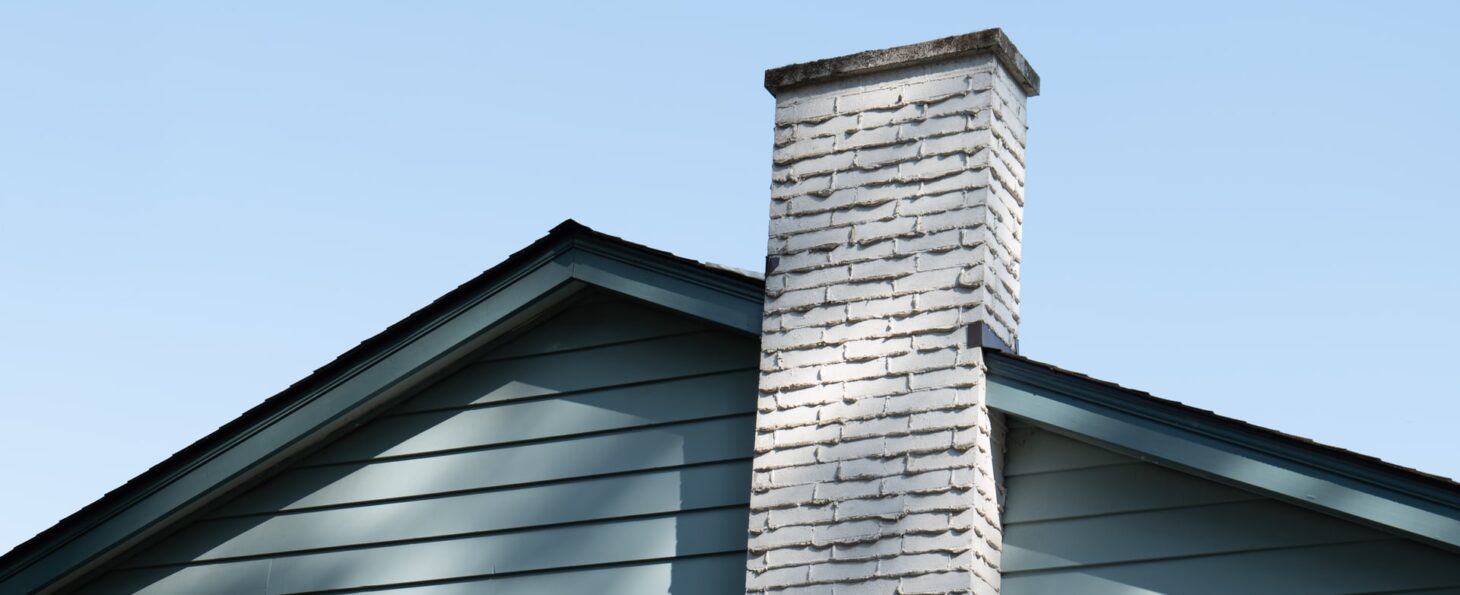
What colour to choose for the exterior chimney?
The colour of your chimney should complement the overall look of your building. One crucial point to remember and clarify in your mind is how you want your chimney to look-blend in or stand out. This will decide the colour of the chimney. Some of the commonly used paint colours for exterior chimneys are:
- Black
- Cream
- Beige
- White
- Grey
Also Read: Why exterior Wall Coatings?
Another essential thing to remember here is that the trend of painting the exterior chimney in a dark shade is on the go. However, the darker shade will fade sooner due to exposure to the sun. This will give a very weary look to your house.
If you wish to let the paint stay there for a few years, go for neutral shades. Cream, tan and beige will work wonders for your chimney and will add a contemporary look to your home. You can think about an off-white shade for your chimney to give it a sober and soft appearance. Moreover, these shades also help cover up the dirt. A full white colour chimney will also enhance the beauty of the place. These neutral colours blend amazingly with any shade of the house. They have their simplicity and are pretty reasonable compared to some other colours.
Going for contrasting colours also works excellent. With a lighter shade of the house, you can choose a dark tint for the exterior chimney or vice versa. Here, paint some parts of the house like shutters or trim with the same dark shade to give it a modern feel.
You can prefer monochromatic colours where the house and the chimneys will have the same shade. They will all blend in a while, separating the shutters or trim with a different shade.
Conclusion
Yes, you can paint the exterior chimney. But do not mix the interior wall paint with exterior ones; both are different. You will have to choose a shade from the exterior paint for a long-lasting effect. Reconsider what will look good on your house. Make sure to check on the regulations in your area and the HOA or Homeowner Association rules. If you don’t follow the guidelines, you might need to repaint your house. So be careful to keep the above points in mind and then choose a suitable colour.


